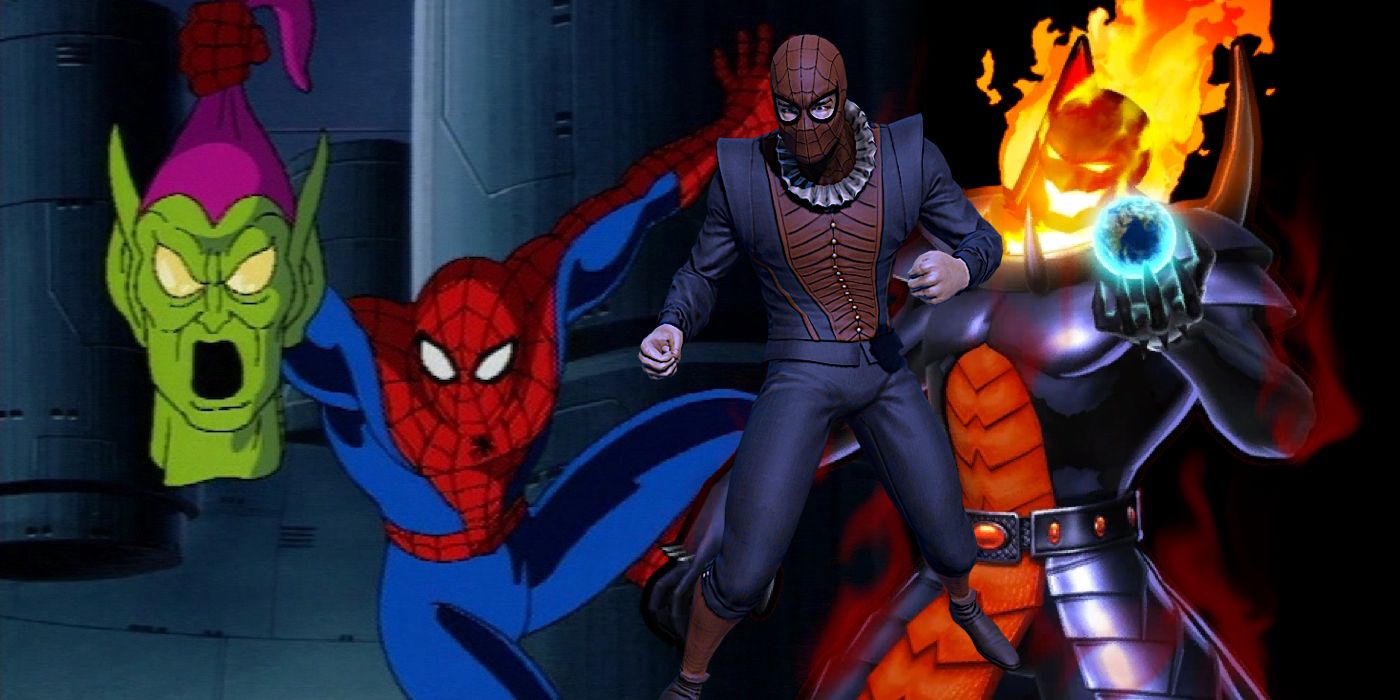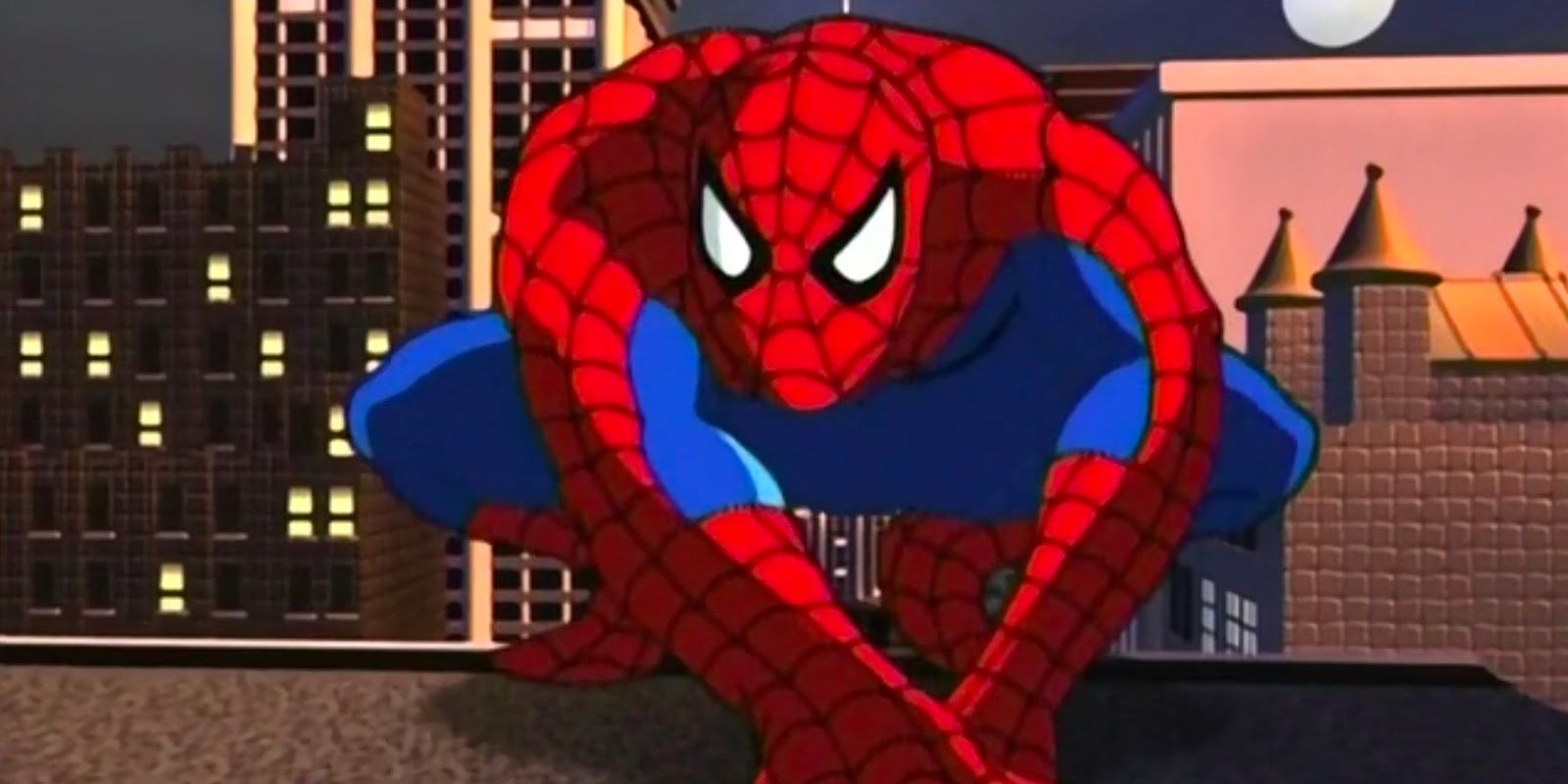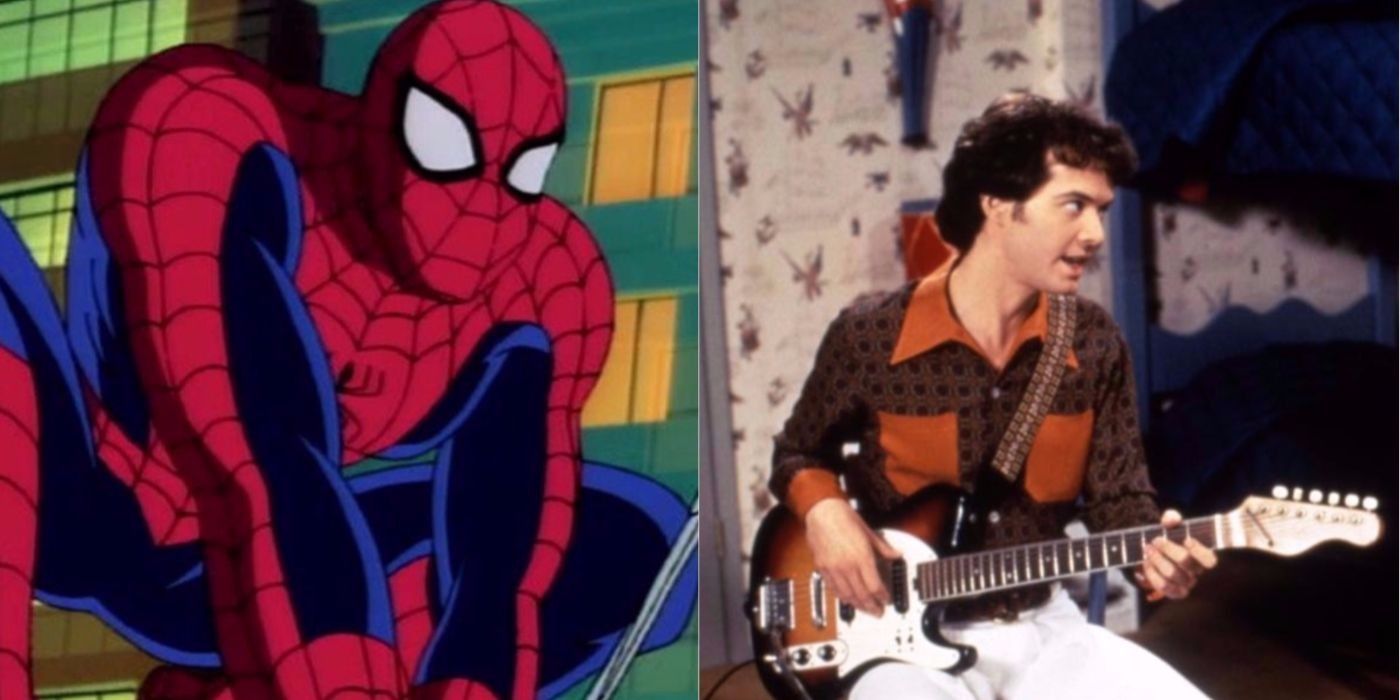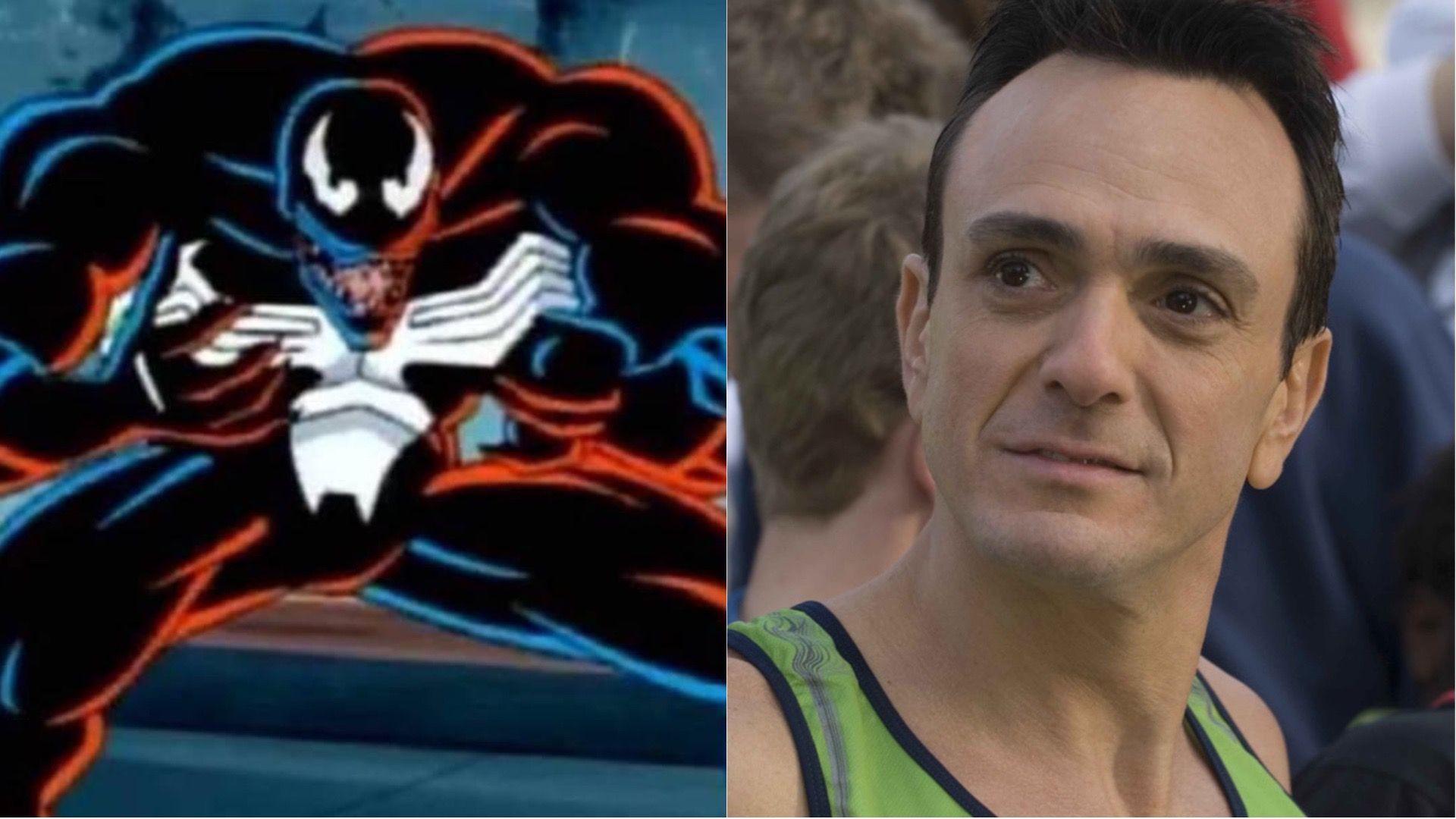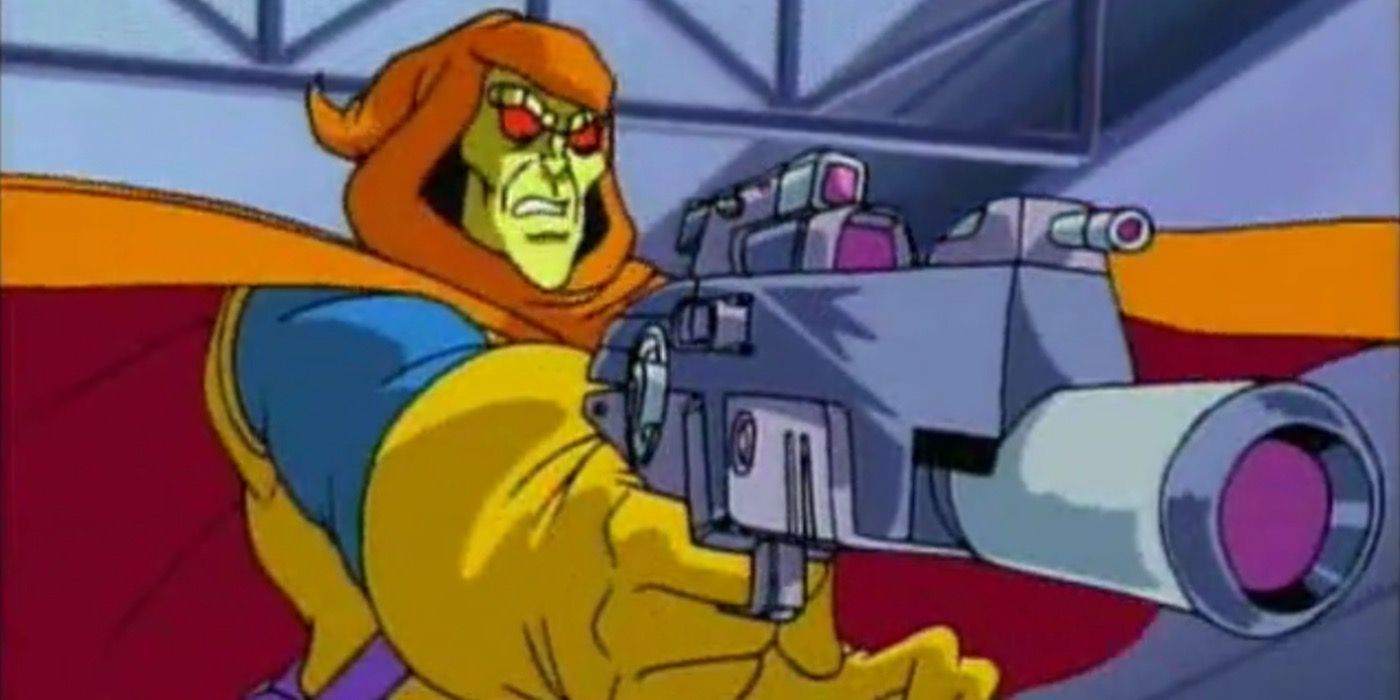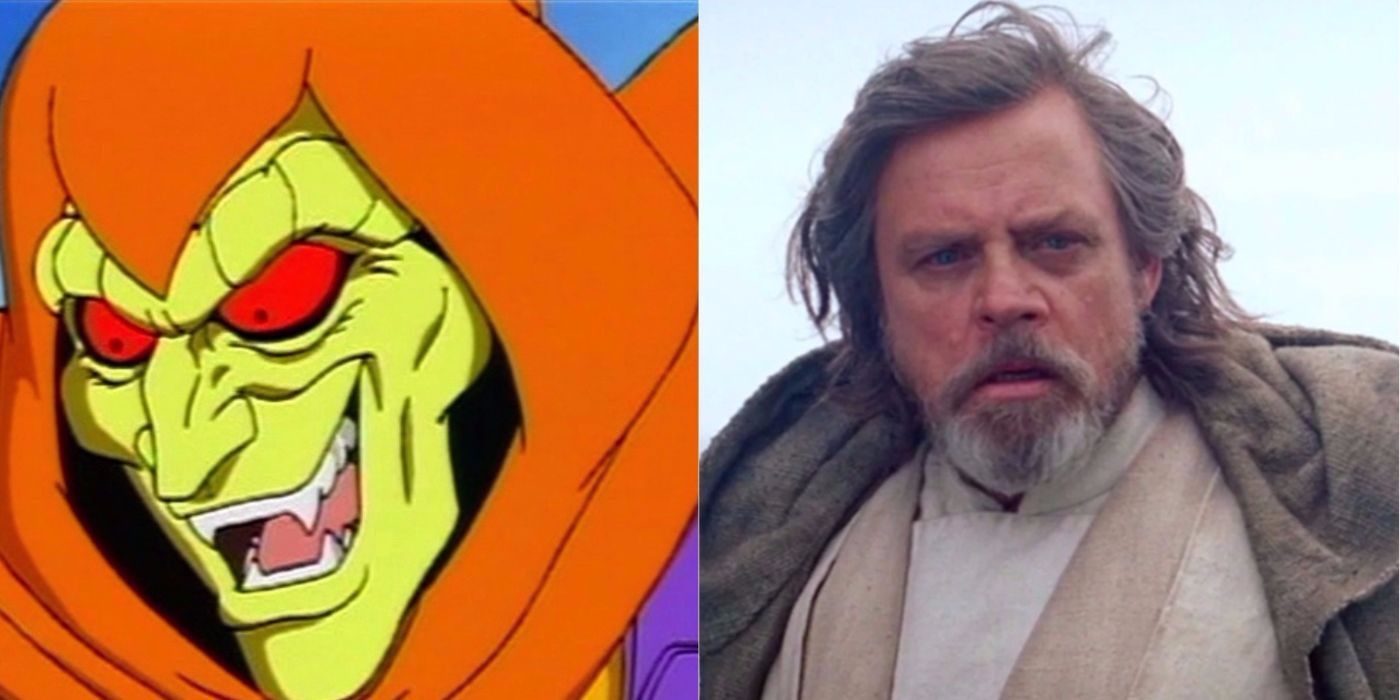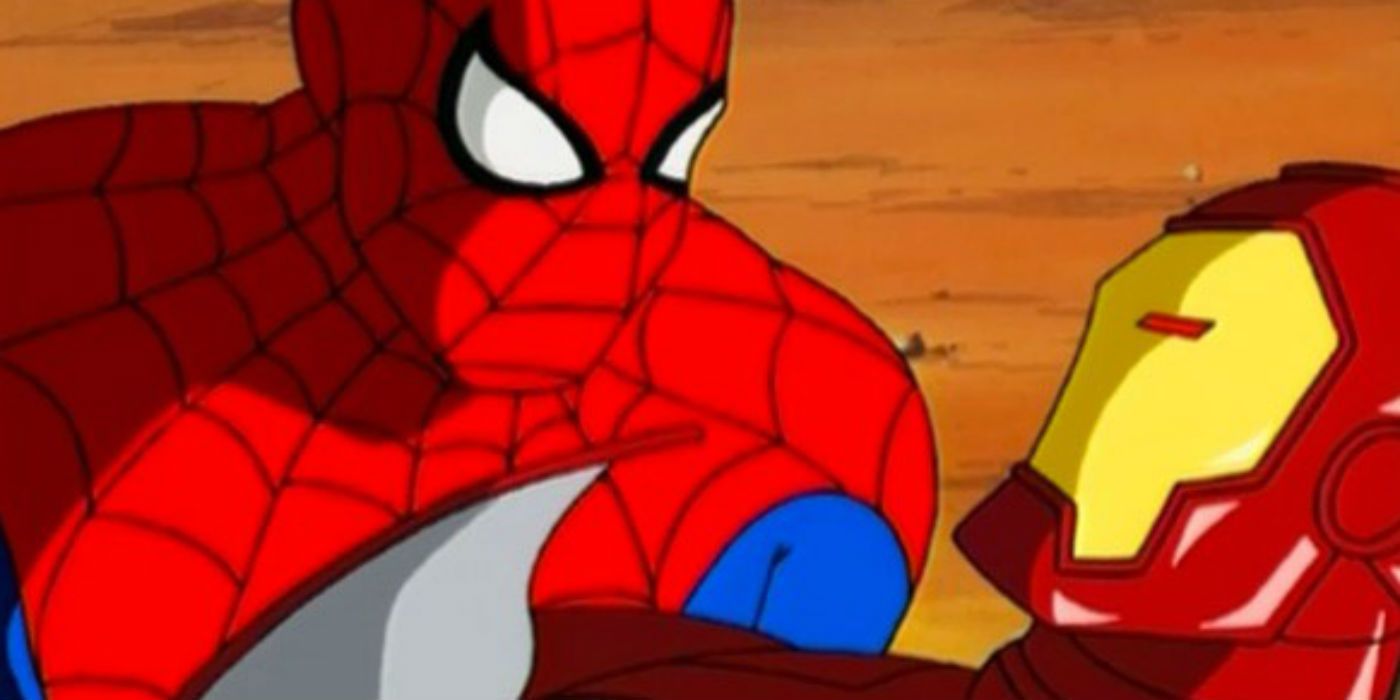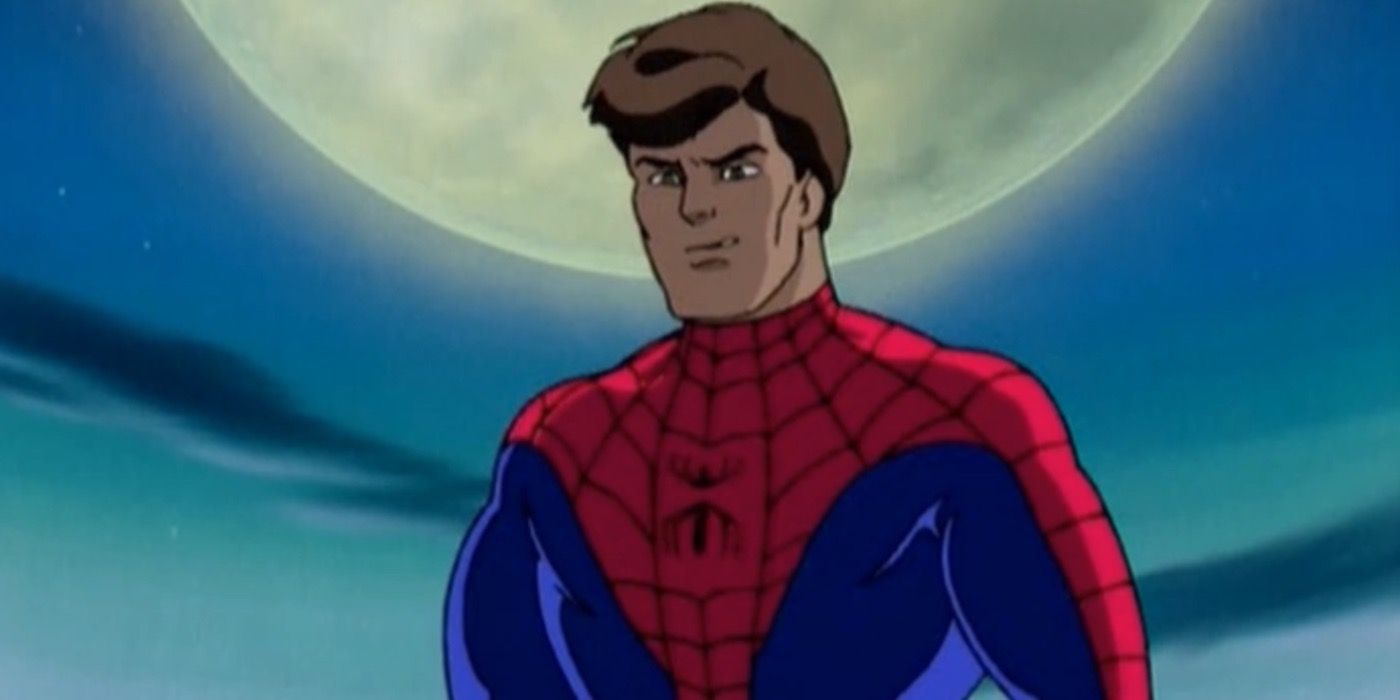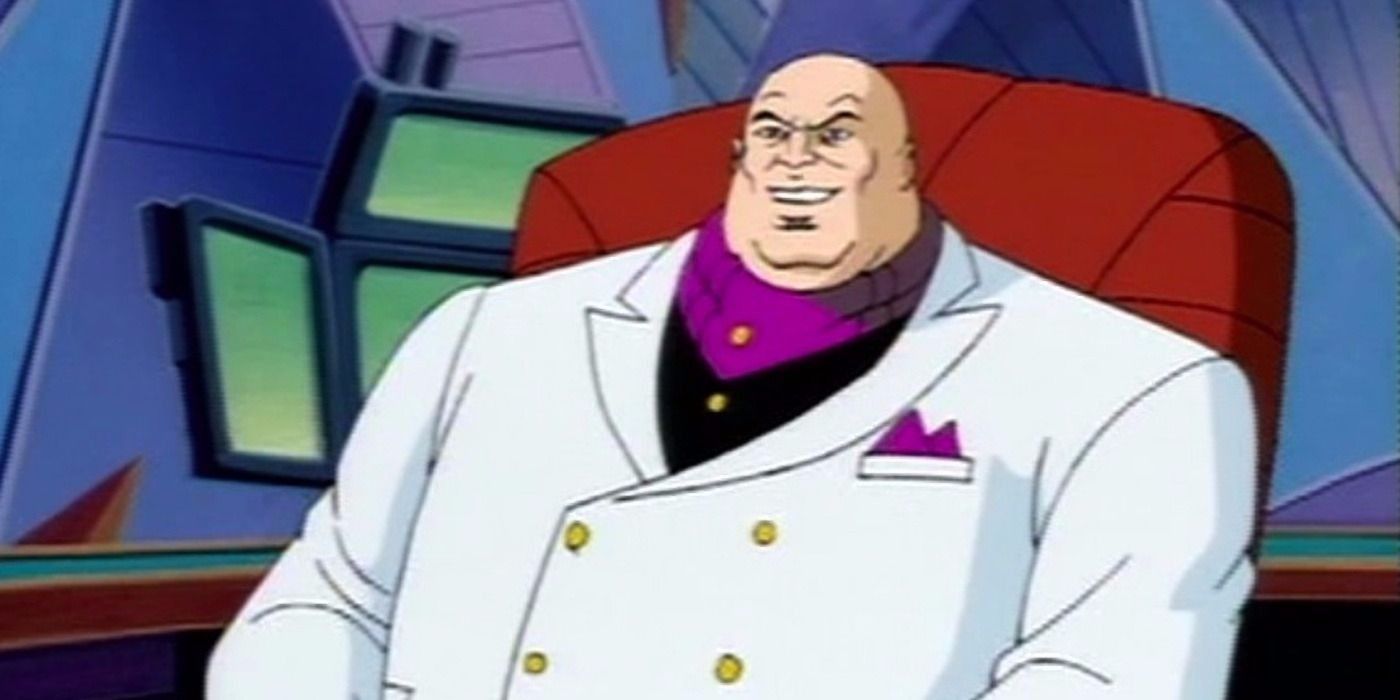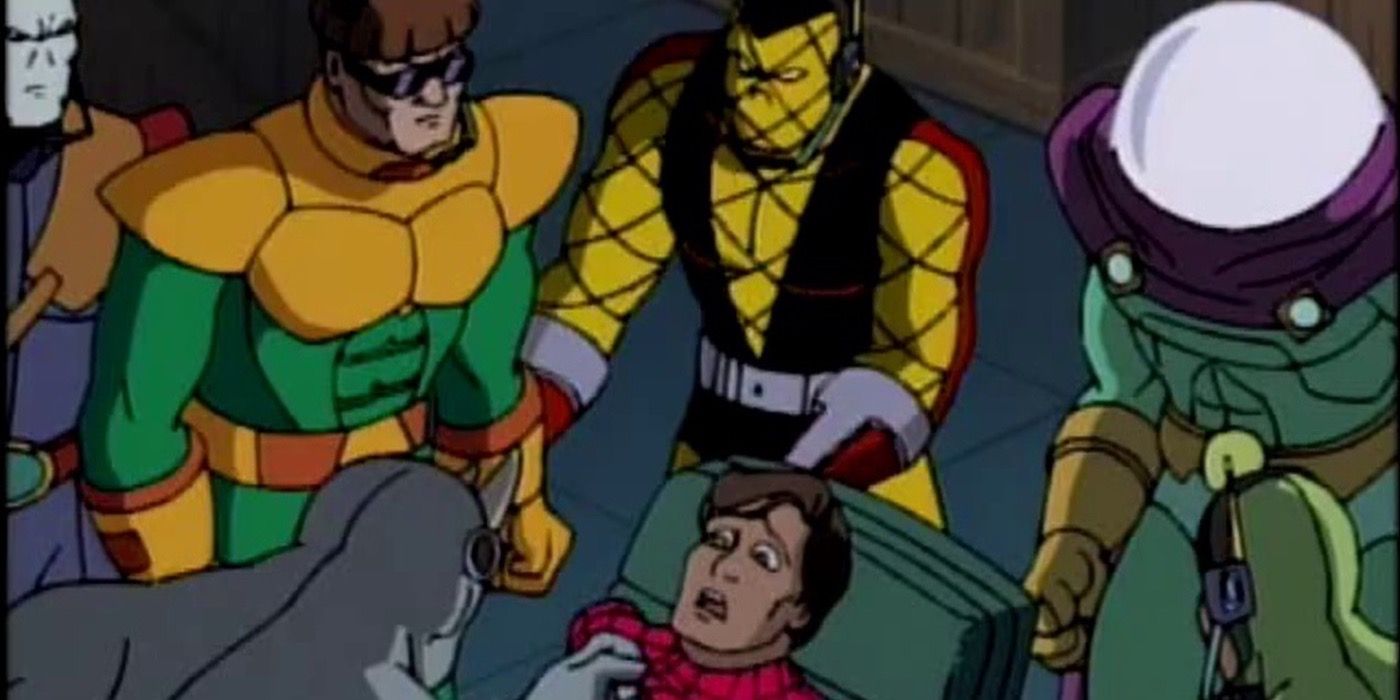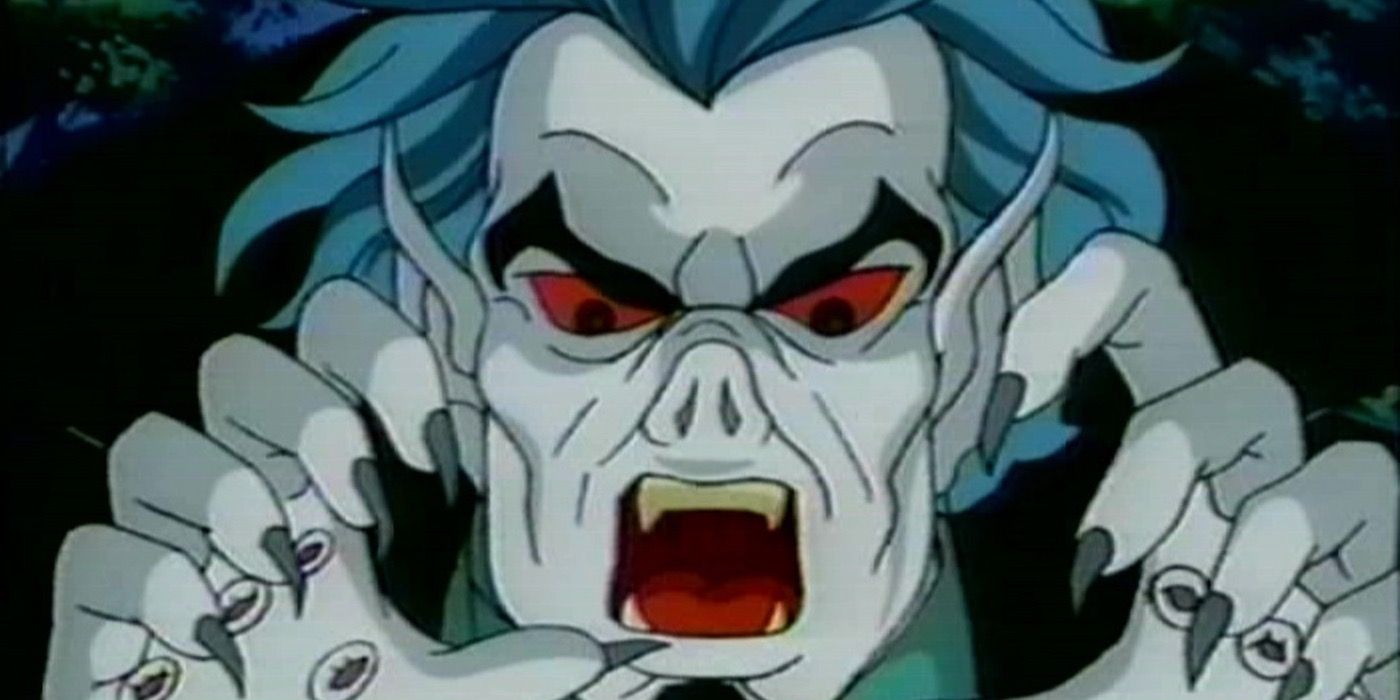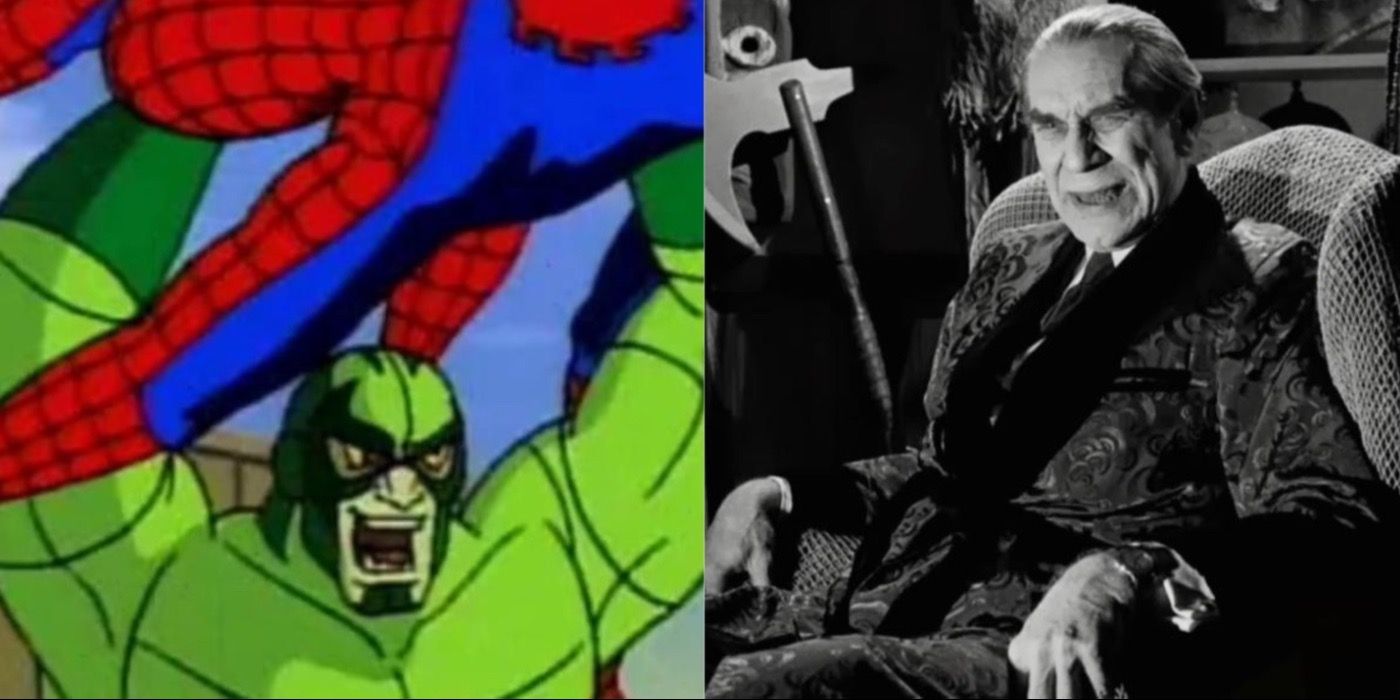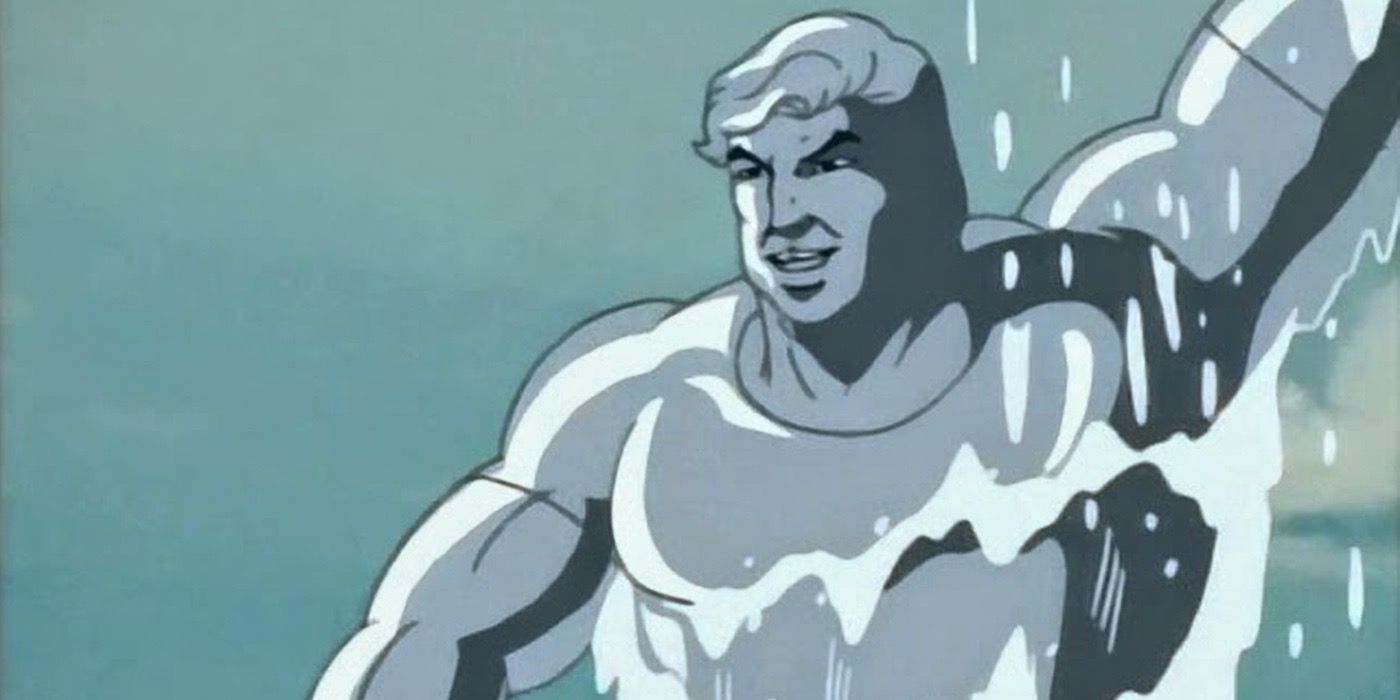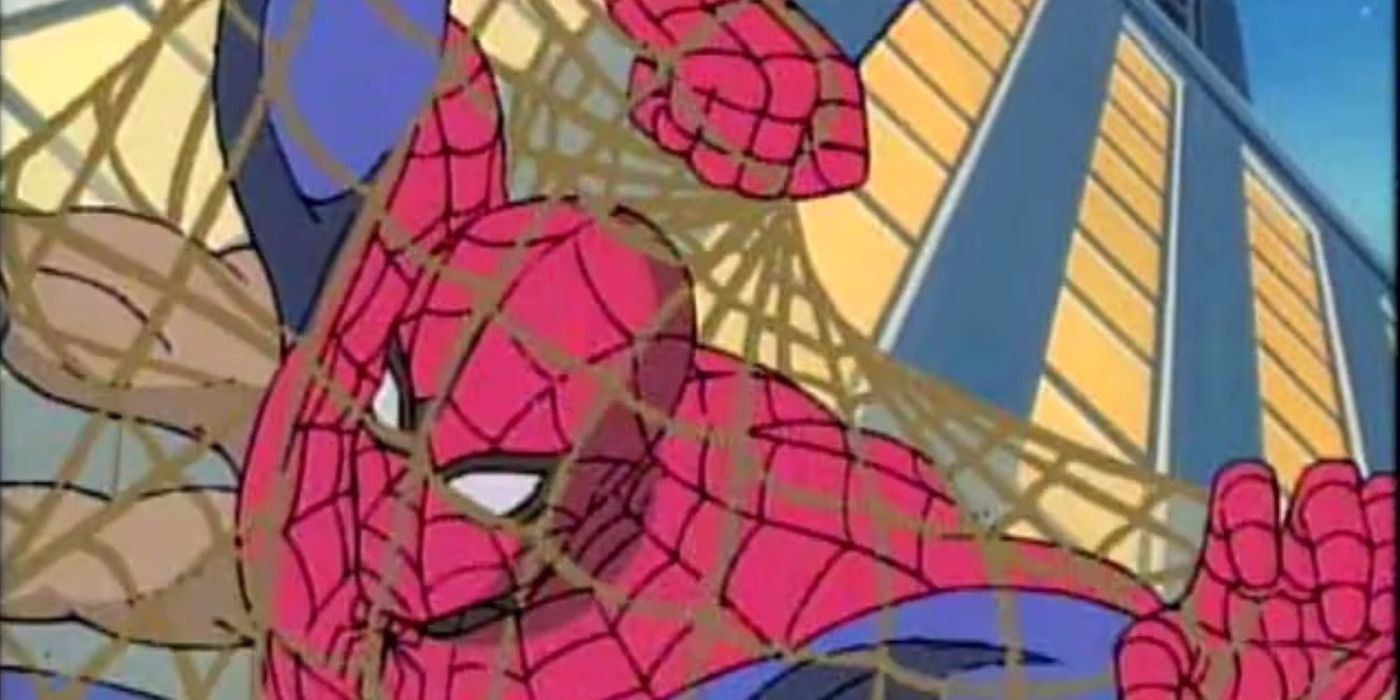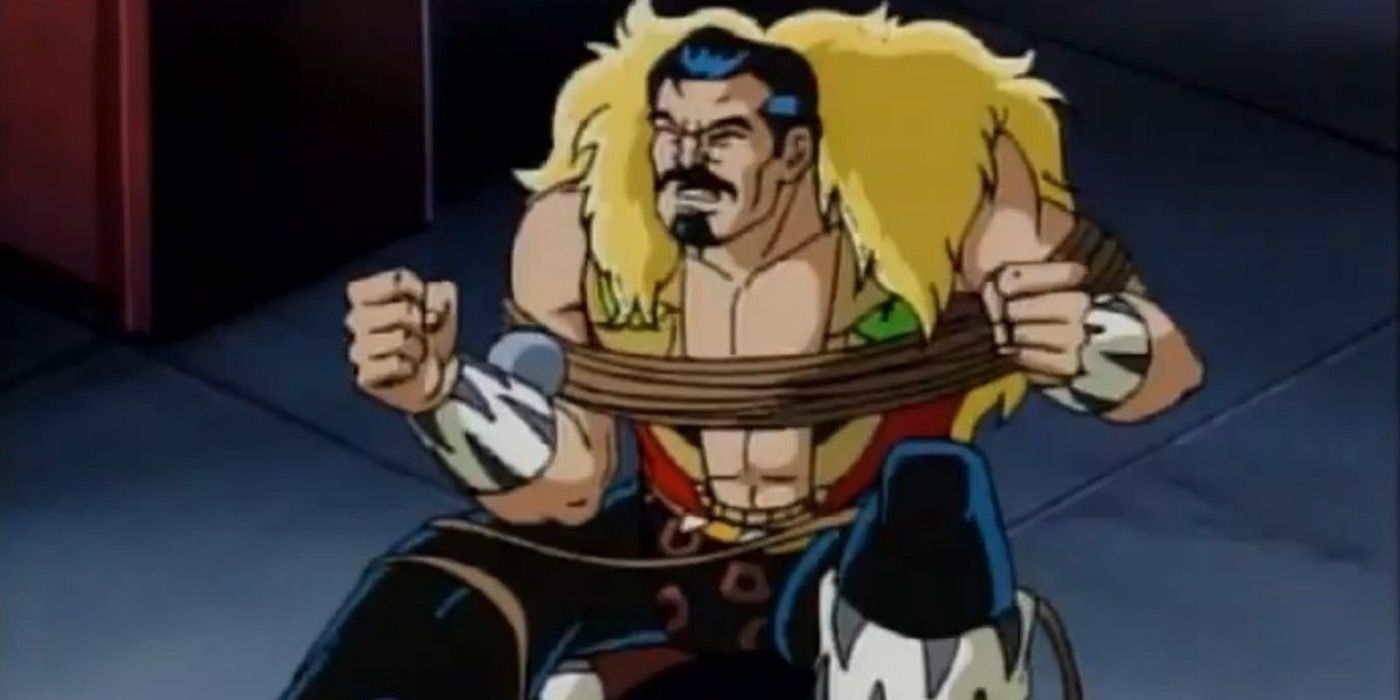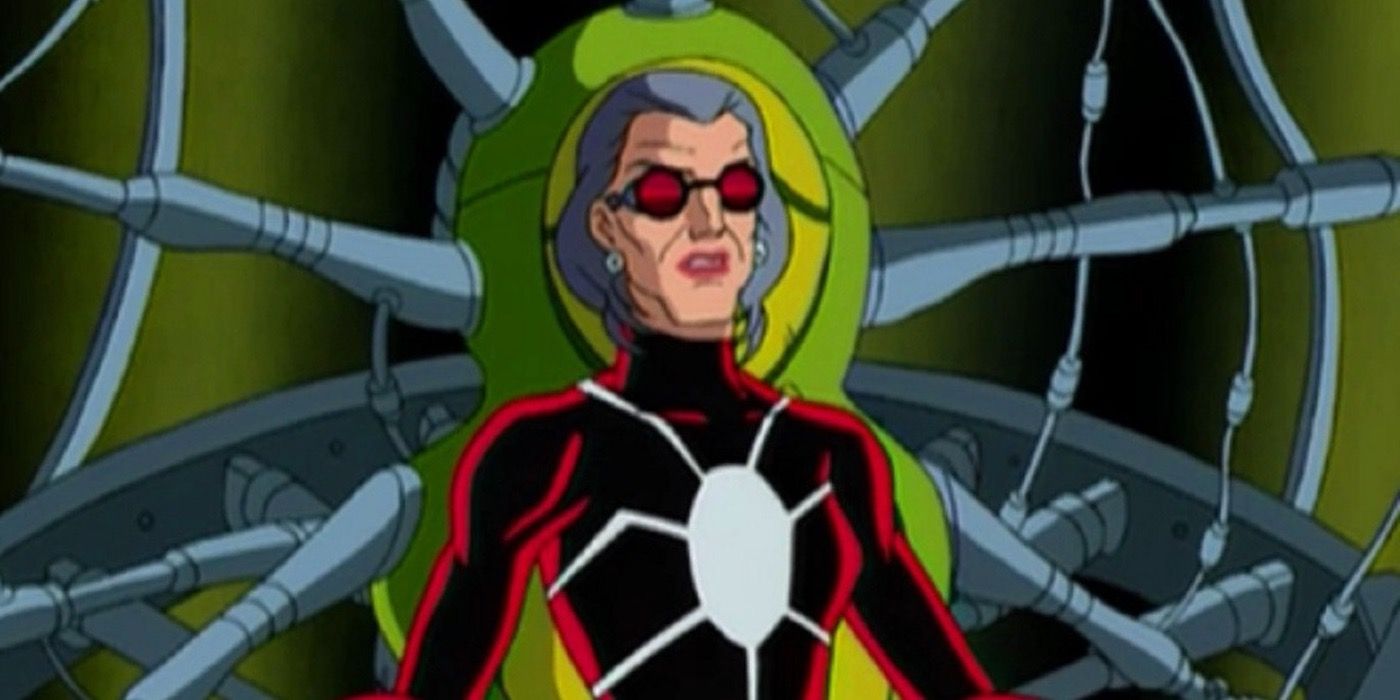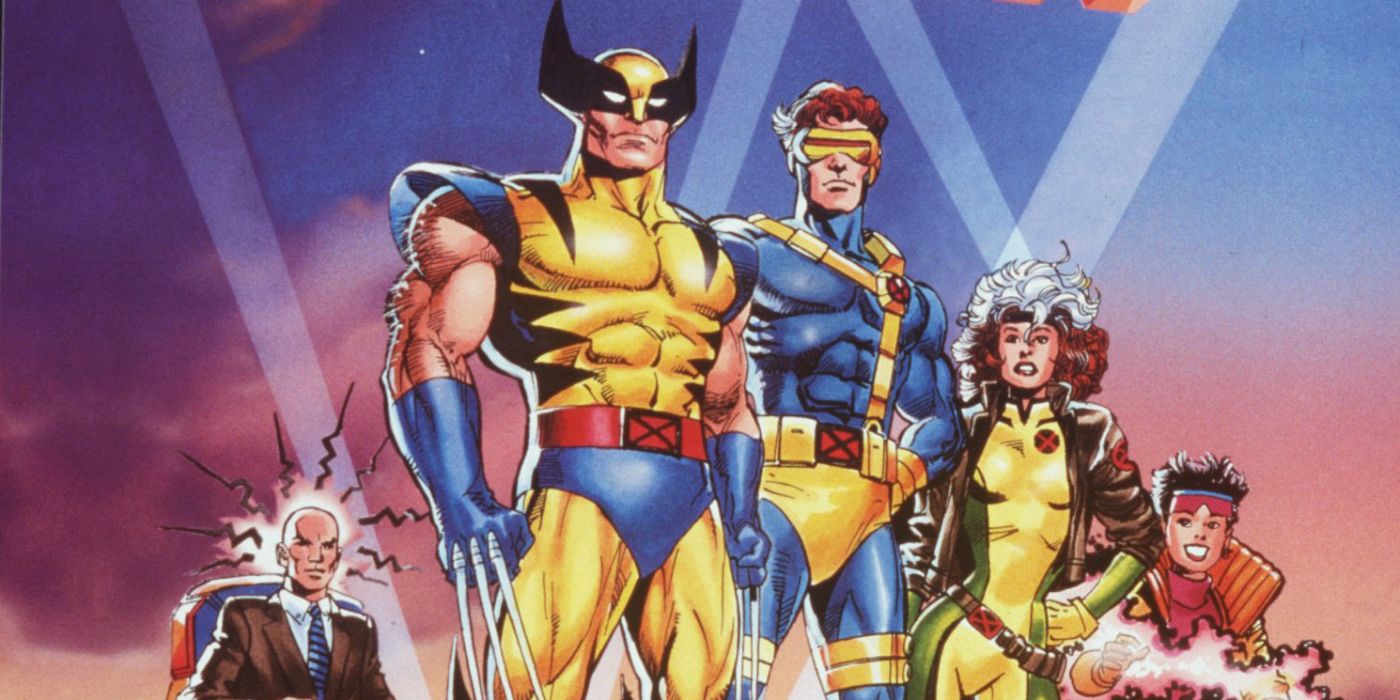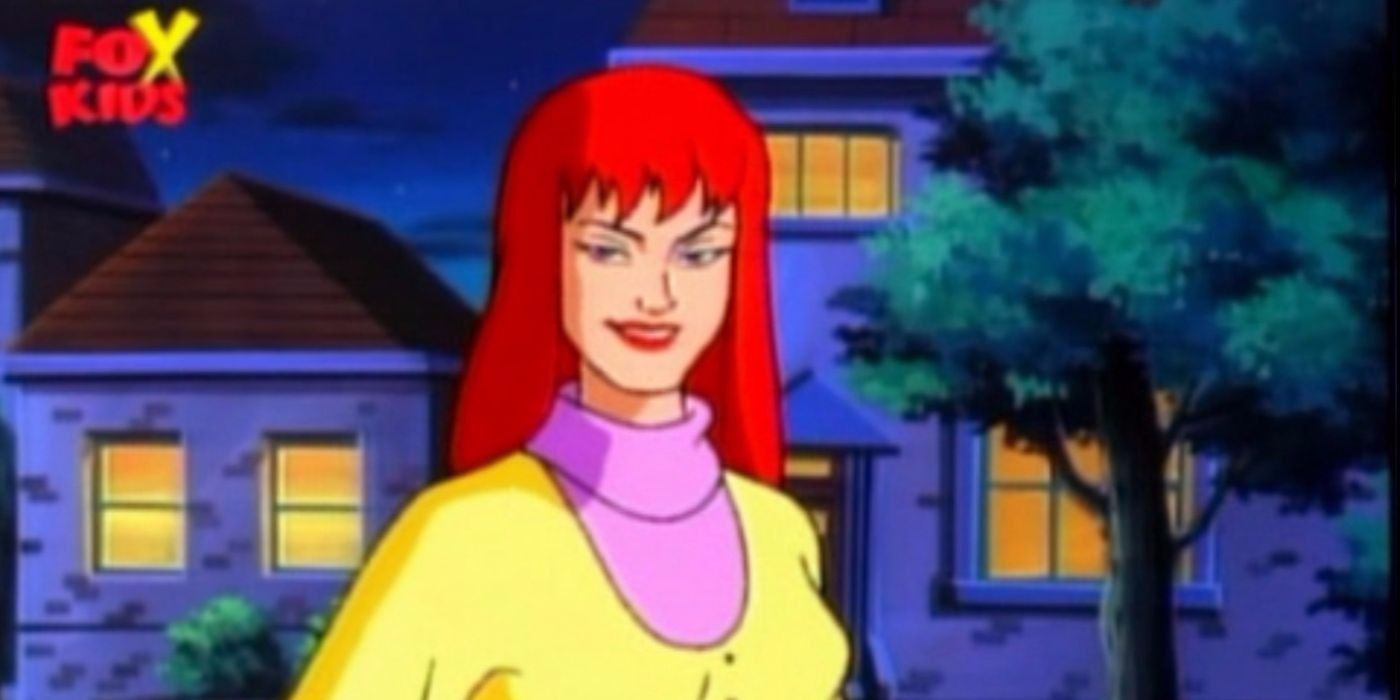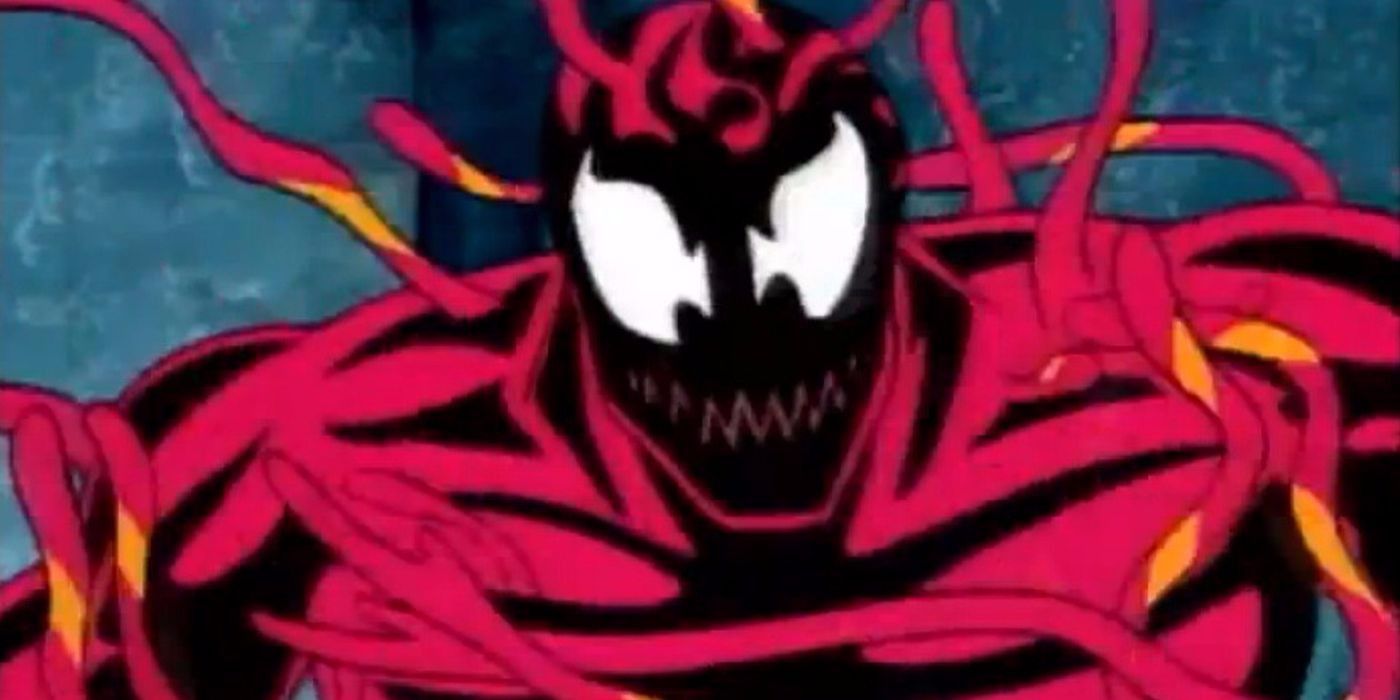The '90s was a glorious time for comic book-led cartoon animation. Batman: The Animated Series brought dark and brooding stories full of fascinating villains to Saturday mornings, while Marvel's X-Men: The Animated Series championed season-long story arcs and character development that stayed faithful to its print-based origins.
And then there was Spider-Man: The Animated Series. Arriving on Fox Kids back in 1994 under the stewardship of writer and producer John Semper Jr. with Bob Richardson directing and regular input from Stan Lee, the show ran for four years and some 65 episodes that mixed traditional animation techniques with ahead-of-its-time 3D graphics.
Spider-Man's familiar rogues gallery of villains were (mostly) present and pitch-perfect, while the stories were lovingly-adapted from the comics to create a series that championed compelling, season-long storytelling at a time when most cartoons were playing it safe. It's all part of what makes Spider-Man: The Animated Series such an enduring show that was more faithful to the source material than anything before or since. It's also a show with a rich and fascinating history that's well worth revisiting.
Here are 18 things you never knew about Spider-Man: The Animated Series.
18. Aerosmith was behind the Theme Tune
Spider-Man: The Animated Series boasted a kick-ass intro song that amounted to a modern rock update on the 1967 theme so intrinsically linked to the Marvel character. What some fans probably don’t realize, however, is that Aerosmith lead guitarist Joe Perry was the man behind this fresh take on the song.
Perry not only played guitar on the track, but also sang those familiar lyrics through a vocoder which reference the 1967 original, specifically the line “Spider-Man, Spider-Man, radioactive Spider-Man”. The theme tune’s main guitar riff also sampled from the original theme for the 1:03-long title tune.
The song itself is credited to legendary TV theme composer Shuki Levy, who is credited with a combined total of some 3,928 TV themes, including Inspector Gadget and the Power Rangers.
According to The Hollywood Reporter, many of these compositions were actually ghostwritten for Levy who then retained the publishing rights and royalties.
17. Greg Brady provided Spidey's Voice
Selecting the right kind of voice to deliver one of Spider-Man’s signature quips was crucial to the success of Spider-Man: The Animated Series, and in actor Christopher Daniel Barnes the show’s creators pulled off something of a masterstroke.
It wasn’t Barnes’ first big voice acting gig – he had also previously provided the voice to Prince Eric in the Disney smash hit The Little Mermaid – but it’s definitely his best.
"When he’s in Peter mode, I wanted to emphasize the youth and insecurity and wonder," Barnes told People Magazine. "When I was in Spider-Man mode, I wanted to emphasize the push back of the heroic nature and the will asserting itself to overcome these obstacles the character has."
As well as providing voices on Captain Planet and the Planeteers (rumored to include the Cap himself) and several straight-to-DVD Disney releases, Barnes also found time to appear in the two Brady Bunch movies released in the 1990s. He played Greg Brady alongside the likes of Gary Cole and Shelley Long, a character known for regularly breaking into song.
Once a spokesperson for Greenpeace, Barnes continues to work as a voiceover artist, has both BA and MA degrees, and is an avid yoga enthusiast.
16. Venom
Casting a memorable voice for the role of Eddie Brock, Peter Parker’s rival at the Daily Bugle and the man who eventually merges with the alien symbiote to become Venom, was crucial. And Spider-Man: The Animated Series can certainly lay claim to boasting the best portrayal of one of Spider-Man’s fiercest foes ever put to the screen (though that’s hardly a challenge with Spider-Man 3’s Topher Grace for company).
For the series, none other than Hank Azaria, the voice of countless characters on The Simpsons, was enlisted for the task, and he did a damn fine job. Azaria gives Brock the perfect blend of New York street smarts and overt, brutish aggression – something lacking from Grace’s incarnation of the character. In total, Azaria featured as Brock or Venom in eight episodes of the show.
Brock/Venom wasn’t the only character voiced by Azaria on the show either – he is also credited for providing the voices for “Bud”, “Masked Leader”, and “Young Man” on the series.
15. The Hobgoblin
Arguably the most controversial move made on Spider-Man: The Animated Series came with the decision to feature the Hobgoblin as the show’s primary villain on the first series, rather than his comic book predecessor, The Green Goblin, who debuted some 20 years before the Hobgoblin.
John Semper Jr. revealed years later revealed to The Marvel Animation Age that the change was the result of plans put in place by his predecessor on the show who had been fired, and for reasons unknown, wanted the Hobgoblin as the primary villain. When Semper spoke to producer Avi Arad about changing things, he discovered it was too late, as a Hobgoblin toy line had already gone into production.
"I had to do the Hobgoblin first, or else Avi would have lost millions of dollars on useless Hobgoblin toys that no kid wanted," Semper said. "Even with our two-part episode, nobody really liked the character that much."
One of the main reasons Arad put the show together in the first place was as a means to promote Spider-Man toys in the way previously witnessed with The Transformers and Teenage Mutant Ninja Turtles. "However," Semper added. "I am proud of how I made the Hobgoblin and his Goblin technology naturally segue into the origin of the Green Goblin by having Norman Osborne be the one who made the technology in the first place. That made it all seem rather neutral and less idiotic."
14. Luke Skywalker voiced Hobgoblin
While the Hobgoblin’s premature arrival on the series may not have been all that welcome by fans of the comic book - it could have been worse; originally, Norman Osborn was going to play the role! - the show’s creators managed to readdress the balance by having a real heavyweight provide the voice of the character of Jason Macendale.
By this time, Mark Hamill had already earned his stripes as a voice-over artist on Batman: The Animated Series with his iconic portrayal of The Joker – a character he’s reprised on countless occasions in the years since – before being cast as the Hobgoblin. Even so, Hamill beat off stiff competition for the part in the form of Frank Gorshin, who played the Riddler alongside Adam West on the live-action Batman TV series.
Hamill went on to feature in eight episodes in total, and has gone on to voice Nightmare and Shao Lao on the Ultimate Spider-Man animated series. To date, however, he remains the only actor to ever voice the Hobgoblin on the big or small screen.
13. The Rules
With Spider-Man: The Animated Series aimed squarely at younger viewers, much of the violence that featured in the original comic had to be toned down for the show, which had to adhere to strict global syndication rules. Writer and producer John Semper told DRG4 what the rules were: "No fists to the face, no realistic guns, no fire, no crashing through glass, no children in peril, no mention of the words death, die, or kill."
In the wake of the furor that greeted shows like Teenage Mutant Ninja Turtles, network censors were so cautious that in one instance, Semper was handed a note saying: "When Spider-Man lands on the rooftop, be sure that he doesn’t harm any pigeons."
Contrary to popular belief, however, Spider-Man: The Animated Series did not suffer as a result of heavy censorship, but rather the broadcast standards and practices that governed all animated shows at the time.
12. Peter’s Look
It’s a common misconception that Spider-Man’s look on the series was inspired by Nicholas Hammond from the live-action Amazing Spider-Man show. In reality, Stan Lee decided to have Spidey’s look updated for the new show and passed on detailed notes to producer Bob Richardson, who then drew the design himself.
Lee was determined to make Peter Parker college-age on the show and, as a result, as contemporary as possible, which resulted in some swift changes to his non-Spidey wardrobe in the early seasons.
"Parker’s design as it turned out, was one of the toughest to finalize and even then, we ended up revising it in the second season to make it better," Richardson revealed to The Marvel Animation Age.
"We felt we could do better than the design we started with and give Peter a cooler look." As a result, Peter goes from wearing striped t-shirts in the first series to some far cooler stuff in the second season onward. His Spider-Man suit looked a little sharper too.
11. The voice behind Kingpin
The late Michael Clarke Duncan made headlines back in 2003 when he was cast as Wilson Fisk, aka The Kingpin, in Ben Affleck’s Daredevil comic book movie outing. At the time, MCD was widely regarded as the first African American to take on the role of Fisk, a white character in the Spider-Man comic books.
Except that wasn’t technically the case. Prior to Duncan’s casting in Daredevil, another black actor had already played the part of Fisk. Roscoe Lee Browne actually voiced the character of The Kingpin on Spider-Man: The Animated Series, becoming the first African American to do so in the process. A veteran actor and voice artist who contributed to everything from Babe to Freakazoid, Browne passed away in 2007 following a battle with cancer. He was 84 at the time.
10. The Not-So-Sinister Six
While the Sinister Six did feature in Spider-Man: The Animated Series, they were a little different to the dirty half-a-dozen presented in the comics.
For starters, they weren’t called the Sinister Six, but rather the Insidious Six. The change was down to the censors at Fox Kids, who felt the word Sinister was simply too menacing for the cartoon, despite the fact X-Men: The Animated Series featuring a character by the name of Mr. Sinister.
The line-up also differed from the original comic book roster, with Doctor Octopus and Mysterio joined by Chameleon, Scorpion, Shocker, and Rhino as a group that was enlisted by the Kingpin to destroy Spider-Man once and for all. The Vulture would later join the group in place of Mysterio, but it was never quite as fearsome under the new moniker.
9. Morbius' lust for blood was changed for the series
The inclusion of Morbius during the second season of Spider-Man: The Animated Series was a bold one, given network censor attitudes towards vampires. Blood suckers were a bit of a no-no in cartoons back then, so the makers of the animated series had to get a little creative when it came to Morbius, a character who wasn’t a real vampire, but someone who developed bat-like abilities as a result of a failed experiment.
Morbius wasn’t allowed to bite anyone, and instead drained blood from his “victims” via some rather handy suckers located on the character’s palms. Oh, and he didn’t drain blood – the word blood was never used in Spider-Man: The Animated Series – Morbius instead drained plasma. Despite plasma being 90% water.
In all fairness, credit is due to the team behind the show for finding a creative way to include the character in the face of censorship.
8. Martin Landau
The team behind Spider-Man: The Animated Series pulled off another major coup when they recruited the late, great Martin Landau to voice the part of Mac Gargan, a.k.a. the Scorpion on the show.
Riddler actor Frank Gorshin once again auditioned for the part, which eventually went to Landau, whose career was at a low ebb at the time, with the actor increasingly restricted to bit part roles in major movies. Landau featured on the first two seasons of the show before landing an Oscar-winning role on the Tim Burton favorite Ed Wood, as Bela Lugosi. It was a role that would spark a Hollywood comeback – and problems for John Semper.
"Landau won an Oscar just weeks after we recorded him, and after that he was no longer available to us," Semper told DRG4. "We used Richard Moll after that." Landau's loss was Moll gain, as the character went on to appear as part of the Sinis ... sorry ... the Insidious Six.
7. Hydro-Man was a stand-in for The Sandman
Of the many, many major villains to feature on the pages of Spider-Man, just one remained absent from The Animated Series throughout it’s five-season run: Sandman. While Semper could choose from pretty much any character within the Spidey universe to feature on the show, just two were strictly off limits: Sandman and Electro.
It was all because of James Cameron or, more specifically, the Spider-Man movie he wanted to make, which was to feature the duo as its main villains. When Cameron’s ill-fated Spidey movie finally fell through, both characters were freed up to feature on the series, but while Electro did eventually enter the fray, Sandman remained absent from the proceedings.
"I never gave Sandman any thought because I just accepted that I wasn't able to use him and that was that," Semper told The Marvel Animation Age.
"There really isn't much difference between Sandman and Hydro-Man when you get right down to it. So look at the way I used Hydro-Man and you'll get a good idea of what I probably would have done with Sandman."
6. Radioactive Leak
In another notable twist, broadcast standards and practices actually required any and all mentions of the word radioactive to be replaced in Spider-Man: The Animated Series. The solution was to create the science of Neogenics, an entirely fictional type of science that explores genetics and the manipulation of DNA.
Created by Dr. Farley Stillwell of Empire State University, Dr. Stillwell found a way to control Neogenic mutations via a device called a Neogenic Recombinator. The idea was that the machine could be used to treat conditions like birth defects, which is how Spider-Man got involved.
While in high school, Peter Parker attended a demonstration of the device. During said demonstration, a spider was caught in the Recombinator’s radioactive beam. That spider then ended up biting him on the hand, setting in motion the chain of events that led to the creation of Spider-Man.
Having worked so hard to find a way round Spidey’s origins that didn’t include the word radioactive, it’s kind of odd that Joe Perry’s theme tune so prominently features the word. Over and over.
5. The 9/11 Reference
The episode "Duel of the Hunters", which first aired on November 11, 1995 and featured both Punisher and Kraven The Hunter, has been the source of some controversy in the years since it was first broadcast. It all relates to the World Trade Center, which featured prominently in the original broadcast version of the episode. The plot saw Kraven the Hunter track Man-Spider to the buildings after discovering gunpowder residue in his webbing. During a discussion on the topic, he references the real-life bombing that first occurred at the site in 1993.
Though largely harmless at the time, subsequent airings of the episode saw the reference edited out in the wake of the September 11 attacks. Instead, Man-Spider was tracked to an anonymous parking garage.
4. Joan Lee
Joan Lee, the late wife of Spider-Man creator Stan Lee, actually featured on the animated series, playing the part of Madame Web, a powerful cosmic being who plays a crucial role in the final season’s inter-dimensional travel-led plotline.
A relatively obscure character in the comic books, writer John Semper actually created the character with Joan Lee in mind and despite the protestations of producer Avi Arad, who felt the character was pointless, as an action figure would most likely fall flat with kids. "I knew she could capture perfectly the husky, haughty, almost arrogant attitude I wanted for Madame Web. And, of course, she had that wonderful British accent!" Semper recalled in a moving tribute posted on Facebook.
In a unique twist, Joan even shared screen time with her husband, after Spider-Man meets his creator, Stan Lee, from another dimension, with Madame Webb and Lee exchanging pleasantries. "Watching Joan and Stan record this brief exchange was for me one of the supreme highlights of working on the series." Semper reflected.
3. The Scrapped X-Men Storyline
The fourth and fifth chapters of the Spider-Man Neogenic Nightmare saga were particularly expensive to make due to the involvement of a certain team of Marvel mutants. X-Men: The Animated Series was actually recorded in Canada, with Spider-Man: The Animated Series being produced in L.A. That meant that, in order to have all of the original voice artists from the original X-Men series feature, they had to be flown out to L.A., which made those episodes particularly expensive to make.
According to John Semper, it also meant that when it came time for the final season’s Secret Wars saga, which saw Spider-Man enlist several big names to help him on his latest adventure, Storm was the only X-Men star to feature.
Originally, the Secret Wars saga was to feature a chapter in which Spider-Man teamed up with the X-Men to defeat Mr. Sinister. Though the episode was written, budgetary restrictions meant it had to be cut. Storm still featured in the series due to the fact that actress Iona Morris, who voiced the character, was based in California at the time.
2. Ending The Series
Some confusion still exists regarding the ending to Spider-Man: The Animated Series, with the final episode of Season Five seeing Spider-Man head off to another dimension in search of Mary Jane, with no clear resolution in sight. Or at least, that was how many fans saw it. John Semper took a different view.
"I knew that we were finished with 65 episodes, but I thought maybe we'd have a little bit longer. I thought I made it very clear at at the very end that he was going to get to Mary Jane" John Semper told the Hollywood Reporter. "I was leaving that door open in case by some miracle they said we were going to do a few more."
That miracle never materialized due to a rumored dispute between Fox Kids network president Margaret Loesch and producer Avid Arad, with the pair supposedly clashing over the direction of the show. It was Loesch who then decided to cancel the show and shut down Marvel Films Animation.
1. Scrapped Storylines
Among the many discarded storylines that could have ended up featuring in Season Six, arguably the most intriguing would have seen Spider-Man head to Victorian-era England in search of Mary Jane, coming across Carnage in the meantime, posing as none other than Jack the Ripper.
Another proposed plotline was one that would have seen Mysterio return to team up with Doctor Strange’s dimension-hopping adversary Dormammu. The story would have seen Mysterio get his hands on the Time Dilation Accelerator, before subsequently embarking on a series of bank robberies alongside Dormammu.
Here’s where things get really interesting, though. Spider-Man would have then supposedly teamed up with Ghost Rider to take down Mysterio and Dormammu together. Would either storyline have passed muster with the censors? It’s difficult to say, but either would have been fascinating editions to an already excellent series that remains as enjoyable today as it was over two decades ago.
--
Did we miss any other bits of Spider-Man: The Animated Series trivia? Leave your thoughts in the comments and let us know.

